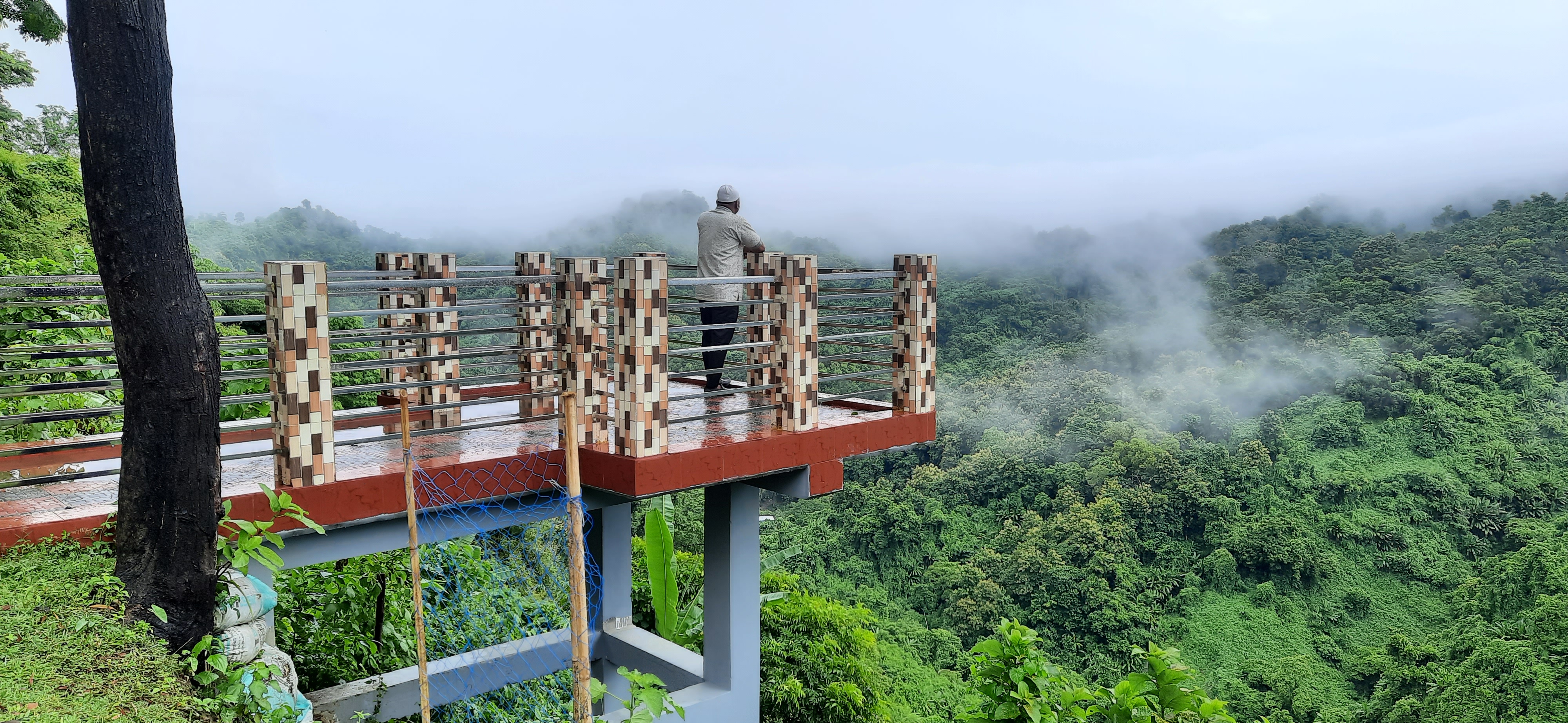-
About Upazila
Introduce to Upazila
History & Tradition
Geography & Economic
-
Upazila Parishad
Current Parishad
Activities
-
About Upazila Administration
Upazila Nirbahi Officer
About Organogram
Schedule & and Meeting
-
Government office
Law and order is a matter of security
Education and culture
Agriculture, fisheries, animal and food matters
Health and environmental issues
Engineering and information and communication technology
Human resource development issues
ভূমি ও রাজস্ব বিষয়ক
-
Different Institutions
Educational Institutions
Religious Institutions
- e-Services
- Gallery
- Communication
- Logic Project
- UGDP
-
About Upazila
Introduce to Upazila
History & Tradition
Geography & Economic
-
Upazila Parishad
Current Parishad
Activities
-
About Upazila Administration
Upazila Nirbahi Officer
About Organogram
Schedule & and Meeting
-
Government office
Law and order is a matter of security
Education and culture
Agriculture, fisheries, animal and food matters
Health and environmental issues
Engineering and information and communication technology
Human resource development issues
ভূমি ও রাজস্ব বিষয়ক
-
Different Institutions
Educational Institutions
Religious Institutions
- e-Services
-
Gallery
Photo Gallery
Video Gallery
Covid-19 reg
-
Communication
Communication Lama Upazila
-
Logic Project
Local Adaptation Plan of Action
লজিক প্রকল্প (২০২৩-২৪)
-
UGDP
Current Activities
Lama is one of the upazilas of Bandarban Hill District. About half of the total population of the district lives in this upazila. The beautiful greenery around the high mountains and the conference of various small ethnic groups have endowed this upazila with unique features. However, not much is known about the history of the Lama. The Indo-Mongolian human race is thought to have settled in the hilly region in the seventeenth and eighteenth centuries, from our neighboring Arkan or Rakhine Prey (now a province of Myanmar) and the state of Tripura (now a province of India). Most of these hill areas were uninhabited before the seventeenth and eighteenth centuries. The Chakma people were driven out by the Marma tribes of Arakan and settled in the Chittagong Hill Tracts along with their king. When Arakan was invaded by the Burmese king Badopaya in 162, the Marmaras expelled him from Arakan and took refuge in the southern part of Bengal, including Palonkshi. The British government sent Captain Hiram Cox to Paronxi for their rehabilitation. These two countries were able to dominate greater Chittagong from the ninth century to the sixteenth century. Many of them are Buddhists. These are now known as the Chakma and Marma communities. Nature worshipers are all farmers accustomed to farming on the slopes of hills. This farming method is called zoom farming. There are many benefits. In the cultivation of hill slopes, several crops are cultivated simultaneously. Such as: rice, cotton, ghee, marfa (a type of cucumber), ginger, turmeric and some other vegetables. The man of this profession is called Jumiya. Many nature worshipers have recently converted to Christianity. Among them, the tipras are pioneers. It is difficult to say exactly when and how these ethnic groups entered the Lama. It may be surmised that in 1514 AD, Dhan Manikya, the king of Tripura, conquered Chittagong and extended his dominion to Chakaria. An area of Kakara Union was named Manikpur after Raja Dhan Manikya. In the course of time, the Tripura community of Manikpur continued to settle in the Matamuhuri Basin upstream and enter the Lama area. In addition, other ethnic groups are bordered by the Arkan Alikadam, from where they enter the Alikadam in search of fertile hilly land suitable for zoom farming and establish settlements (roots). In this way different ethnic entities came together in Lama. Besides, the Bengalis were not far behind in settling in this region. Matamuhuri came from the neighboring Chakaria Lohagarh and Satkania areas and settled here due to the convenience of trade and commerce along the river. And due to the river erosion in Bangladesh and various problems, people from different areas came from different parts of the hilly area and settled in Lama like other areas. As a result, Lama became one of the most populous areas in the Bandarban Hill District. It is known that in 1814, Arkan Raja, a prince of the eastern lineage of the present "Bomang" king, was appointed governor of Chittagong. In 1620, he was awarded the title of Bomang by King Arkan for his victory in the war against the Mughals. Bomang means commander or general. Bomang and his followers returned to Arkan in 16 AD after the conquest of Chittagong by Shayedatma Khan, the subaddar of Bengal, and his son Buzurg Umed Khan. But in 184 he complained to the British East India Company that he had been oppressed and discriminated against by the Arkan king. The company then gradually expanded their empire to Ramu, Eidgah, Chakraya Matamuhuri river bank, Maheshkhali (1604 AD). On the other hand, the descendants of the Bomang king moved further northeast to Bandarban and settled there permanently. At this time the British East India Company divided the 5100 square mile area into three circles (subdivisions) and named them Chakma, Mong and Bomang circles respectively. At present Bandarban Sadar is the headquarters of Bomang Circle Chief. The area of this circle is 175 square miles. The headman of the mouza appointed by the Bomang king and the merchants of the neighborhood were responsible for the collection of land revenue and the conduct of public justice and the maintenance of peace and order. Although the power of the headman business is limited, this practice still exists alongside the government administration.

Planning and Implementation: Cabinet Division, A2I, BCC, DoICT and BASIS













